Permeable Pavers or Paving Stones are best for Driveways and Paths
Gaining an understanding of the importance of stormwater management may steer you towards a design and product choice in interlocking paver stones which will help you retain and manage stormwater that falls within your property.
When patios and driveways have stones tightly joined and sealed at the joints, water has no ability to penetrate the ground below. It will then either need to be directed towards permeable areas, find its way towards sewer systems, or remain on any flat surface where it will simply pool up and be left to the mercy of a hot sun and the natural process of evaporation. Waiting for that to happen is a bit more speedy than watching grass grow, but not much. So aside from the ecological impacts that come with an impermeable world, you may need rubber boots to barbeque your dinner on an otherwise lovely evening.
Permeable paver stones allow water to flow down between the joints of stones and into the sub-base drainage layers where water is stored until it is eventually absorbed into the soil below.
Unlike pavement and poured concrete, the natural expansion joints of paver stones make those surfaces somewhat 'flexible', so they are rarely subject to cracking due to the freeze/thaw cycle of the seasons. They are great for maintenance as well; if a stone is damaged or stained you can pull it out and replace it. So it's not a bad idea to keep a few around at the end of a project in case the particular design you chose was discontinued.

How the permeable pavingstones work:
For the most part, the 'water-permeable paver stones' you will see and read about are not actually porous and don't absorb water any differently than conventional paver stones, the permeability comes from creating a larger space between them to allow water to drain through. To that end, the stones have bumps on the side that create a natural gap between them, allowing water to pass through to the various layers of stones below.
Preparing the site:
You first need to remove the layer of top soil and organic material, which will often be about 6 inches deep before you get to the mineral base. You need to compact that, then add a geotextile to keep the added stone layers separate from the natural ground but still let the water flow through.
Creating a permeable reservoir base:
完全饱和的地面不能总是跟上雨水的速度,所以为了保持坚实的地基,避免径流,你需要做的是在最后的铺路石表面下建立一个水库。这是通过增加至少6到8英寸3/4英寸的清洁碎石作为人行道的基础,12到18英寸之间的天井和车道。
Creating a base for laying stones:
有不同的方法来做到这一点,每个庭园设计师将有他们的首选方法,他们坚持。不管你是怎么做的,你只需要坚持一个基本的原则:创造一种可以让水穿过的材料,足够多的材料可以储存水,直到水被吸收到地下。这是指用平板压实机将各种尺寸的石头(底部较大,顶部较小)清理平整。
Some installers add a layer of sand at the top (1 to 1.5 inches) to help set and level the stones, that is more common when the final surface will be sealed. With permeable surfaces that sand can wash through to the layers below. You may be best to stick with stones at this point, if you plan to use sand you would be wise to include a geotextile separating the sand from the stone so it doesn't wash down.
Filling the joints:
Here is where you really need to make the call that you are going for a permeable surface or not. If you fill the gap between the stones with something that isn't water permeable, then it won't be - you guessed it - water permeable. Interlocking paver stones will often have sand in the joints with an additional polymer to prevent weed growth, but that amounts to waterproofing the joints. If weeds can't come up then water can't seep down.
为了在这一点上保持透气性,你会想在接缝中使用纯沙子,或豌豆砾石,顾名思义,是豌豆大小的砾石。这将填满关节,但仍然允许水通过,抑制杂草生长,尽管自然是相当坚定的,所以你最终会得到一些。
The conversion to an organic state is very much slowed by the use of pea gravel, but over time sediment will build up and allow weeds and grass to eventually take root. Before you run out and buy a hazmat suit and chemicals, it's easy to take care of tiny new shoots either by pulling them out by hand or by pouring boiling water on them.
Laying concrete paver stones in a pattern may seem pretty easy at a glance and tempt the DIYer in all of us, but in order to create a patio or laneway surface that will stay flat, you need to do a really good job on the drainage layers below. So it's maybe best to hire a professional if you don't have experience yourself and if you're picky about having a really uniform final product. Proper drainage and a level base are essential for attaining an even final surface.
Paving slabs colour and the heat island effect:
Temperatures in dense urban areas can be several degrees higher than nearby green spaces due largely to heat being absorbed and released by concrete and asphalt. We all know a black car will be hotter than a white car on a sunny day, the hard surfaces of your property will react in much the same way. Light coloured stones are more reflective than dark stones, so a dark coloured patio may be noticeably hotter than a white one.
As an aside, If you are building a home hoping forLEED认证,当你建造可渗透的坚硬表面时,有点数等着你,但也可以选择颜色较浅的石头。石头以太阳反射指数(SRI)来评定,这是对建筑表面反射太阳热量的能力的一种衡量,在0-100的范围内进行测量,0代表白色,100代表黑色。LEED分数授予SRI等级为29或以下的表面。
Other permeable paving options:

还有设计好的石头,让草和地面覆盖物穿过,这是自然环境和巷道相结合的理想世界。这非但没有抑制增长,反而招来了增长。
如果你喜欢一个更有机和自然的环境,那么在设计和材料方面的选择就会开始开放,diy者会很高兴,因为这更像是“艺术”而不是“几何”,我们都擅长艺术。
We found someinstructional videos at Oaks Landscape products这可能会帮助你成功安装,以及理解渗透景观的概念一般。Below are a few photos of different styles of stone work that may offer you some ideas and inspiration - Or go to ourGuide about Rainwater Managementand permeable landscaping pavers for paths and driveways Here.
 |
|
Water-permeable stone pathway © Torun Construction Services
|
 |
|
Landscaping stones with grass © Windsor Companies
|
 |
|
Hydr’eau Pave permeable landscaping pavers © Oaks Pavers / Brampton Brick
|
 |
|
Water permeable laneway © Anna Demaree
|
 |
|
Recycled brick and stone water permeable walkway © Larkspur Garden Design
|


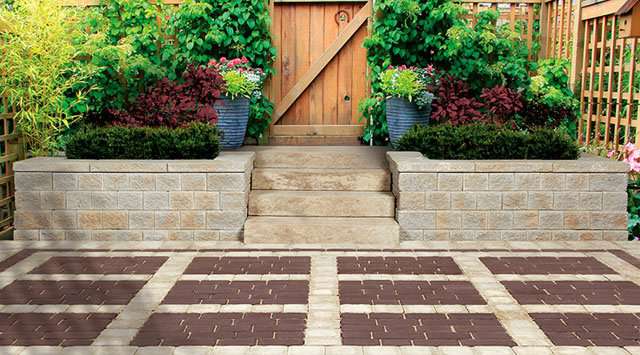











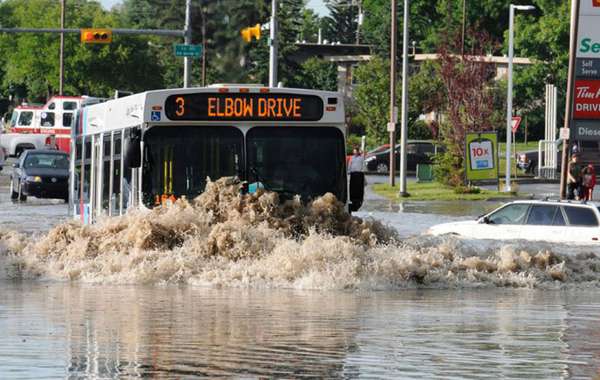
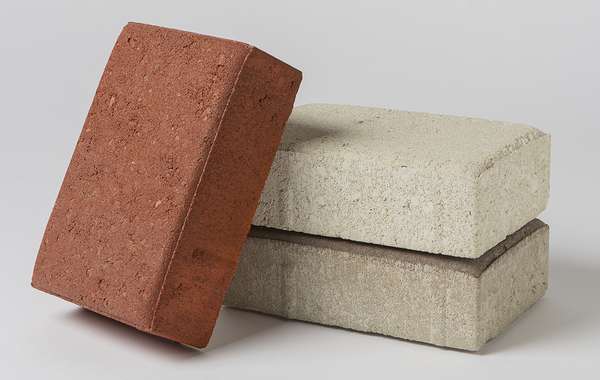
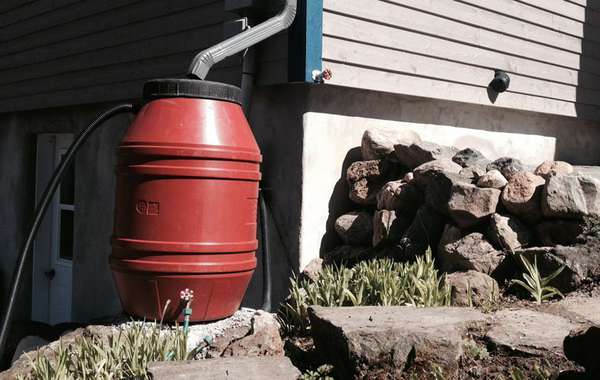
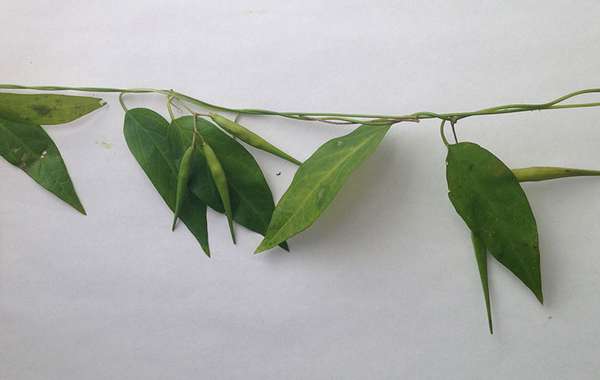
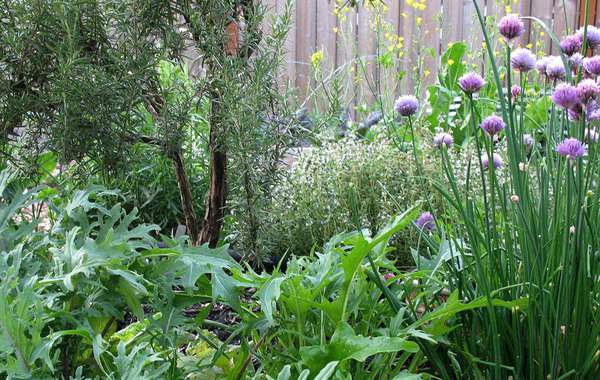
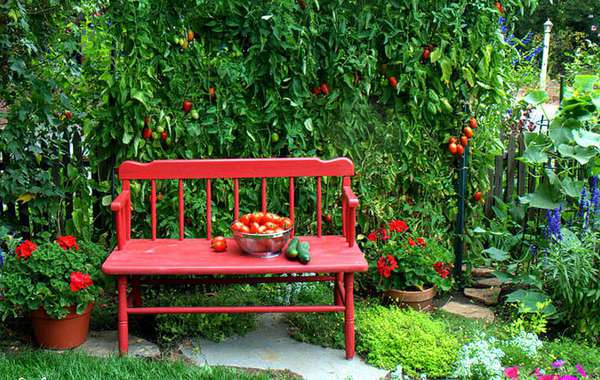
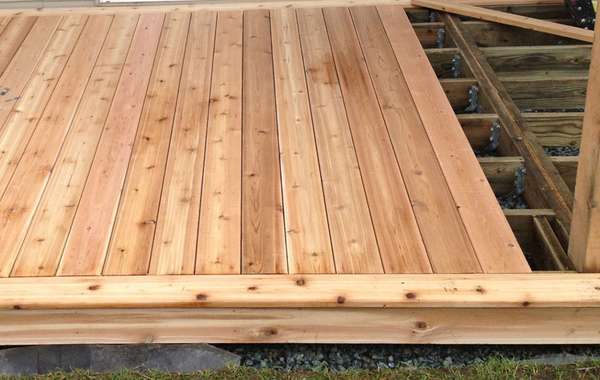
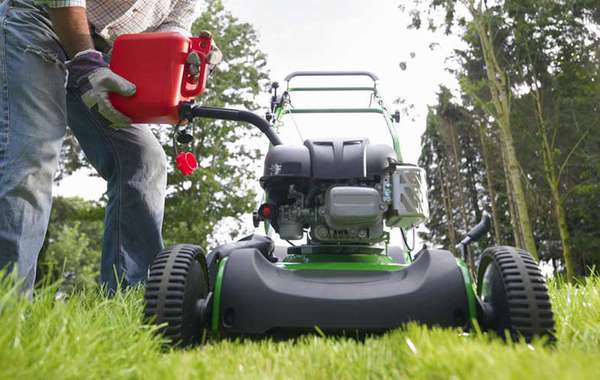

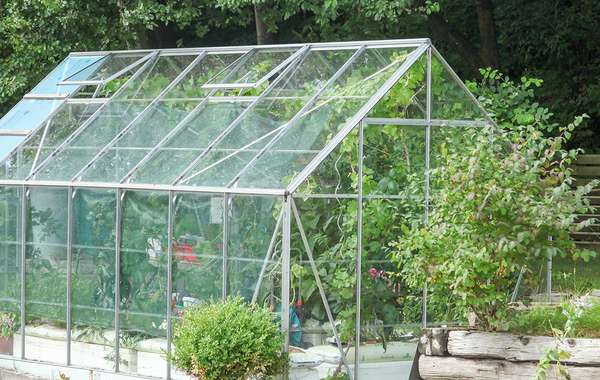
Great information! Very detailed.
Great information on water permeable landscaping surface. Very Insightful. You can also read to know more about
我可在哪里购买透水性铺路石?或者其他提到的产品?
Here is one company we have listed from whom you canbuy permeable paver stones, but it really depends on your location. This isn't something you want to be paying to have shipped from long distances. So I would try looking for terms like permable patio stones, paver stones etc, and the closest major city so you can find something local.
Just remember, that you need to make sure your baselayer is made of the correct materials, especially if you have a lot of clay in the ground.